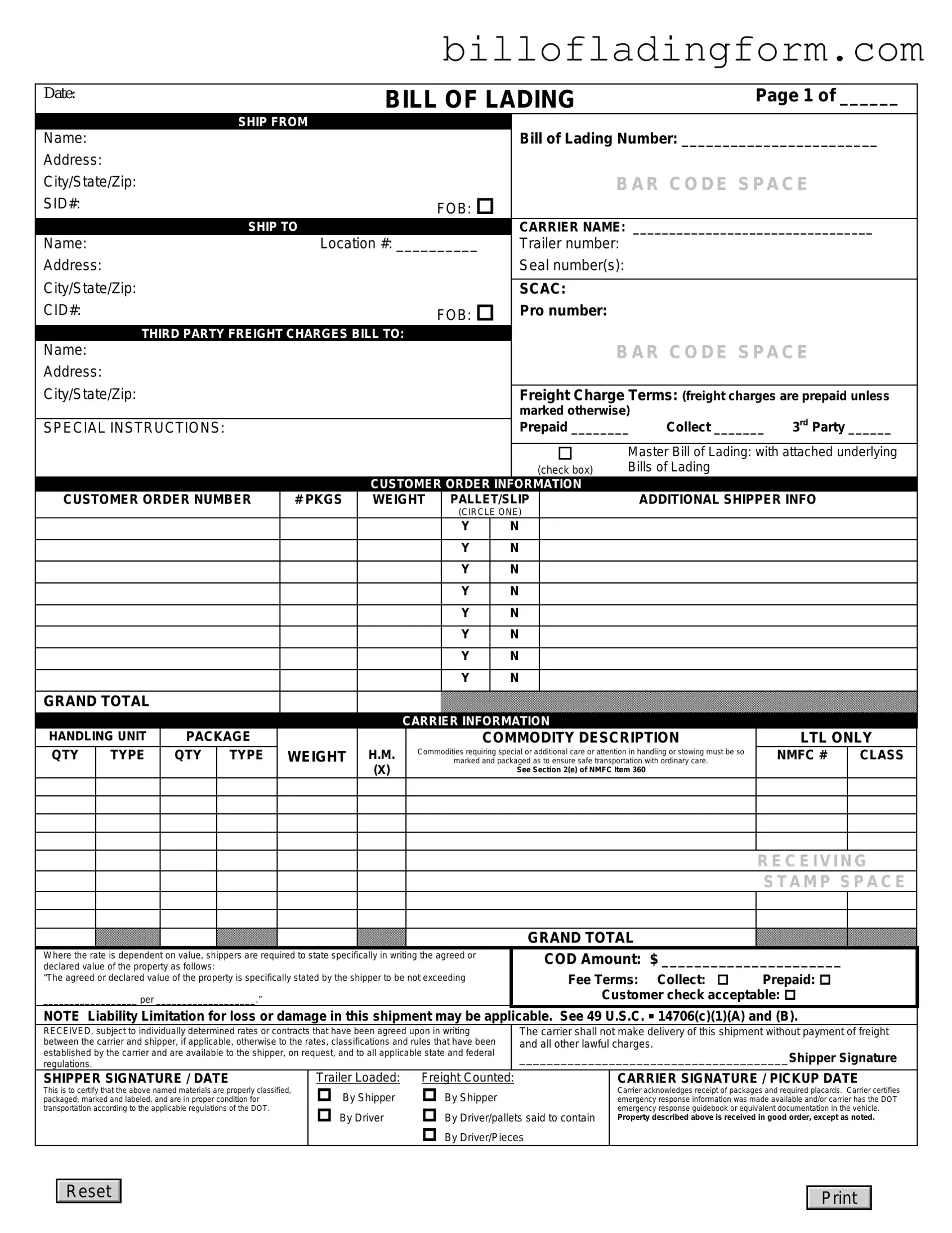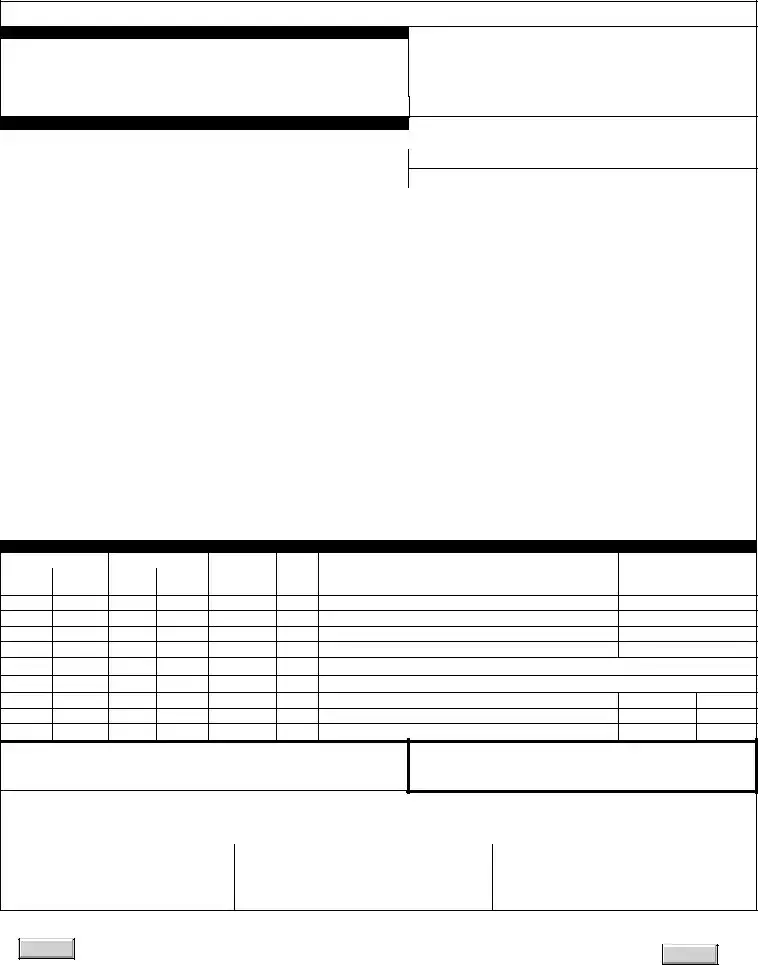Fill Out a Valid Bill Of Lading Template
A Bill of Lading is a crucial document in the shipping industry, serving as a receipt for goods and a contract between the shipper and carrier. It outlines the details of the shipment, including the type of goods, destination, and terms of transport. Understanding this form is essential for anyone involved in the shipping process, so take the next step and fill out the form by clicking the button below.
Fill Out Your Bill Of Lading Online

